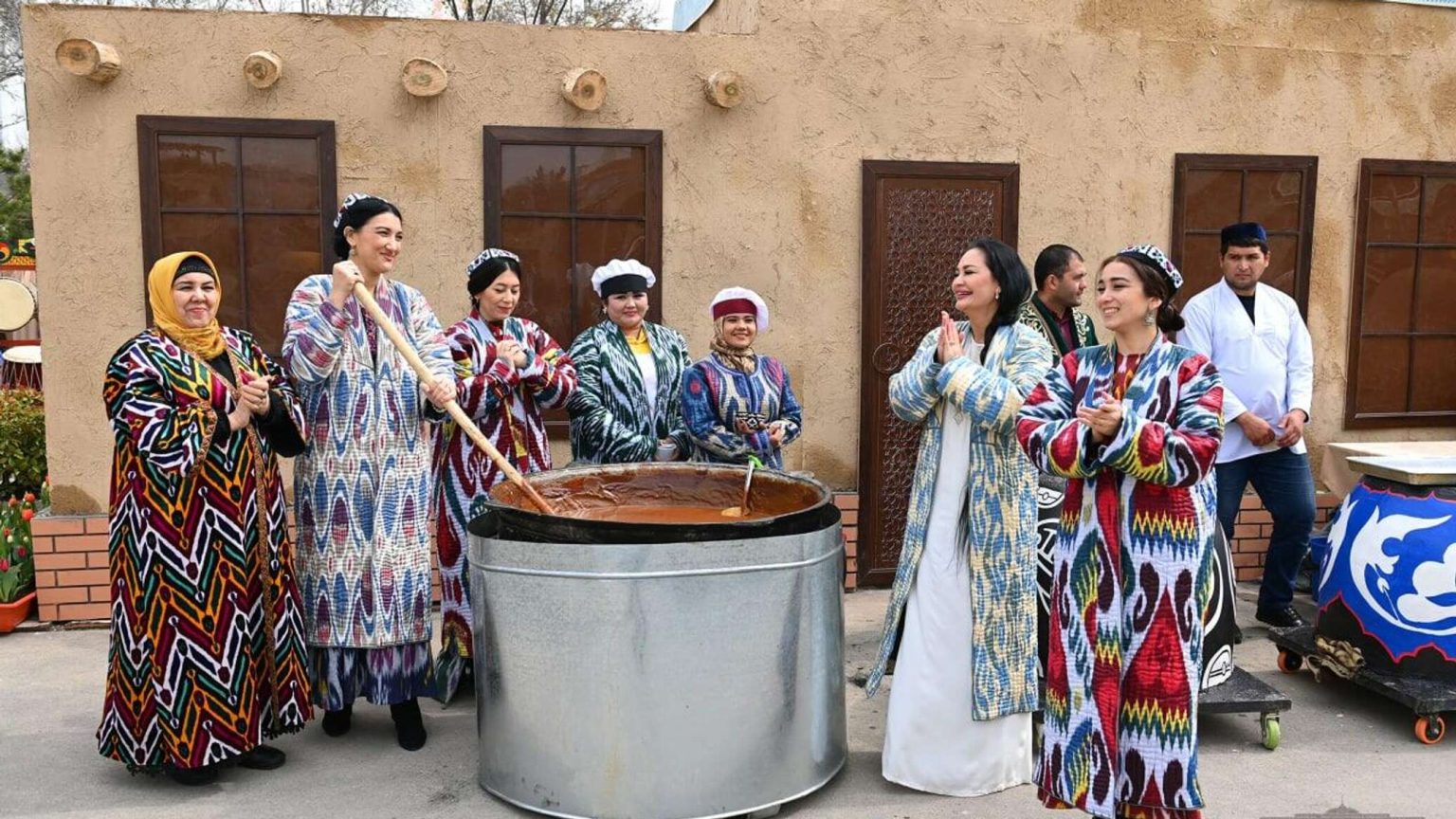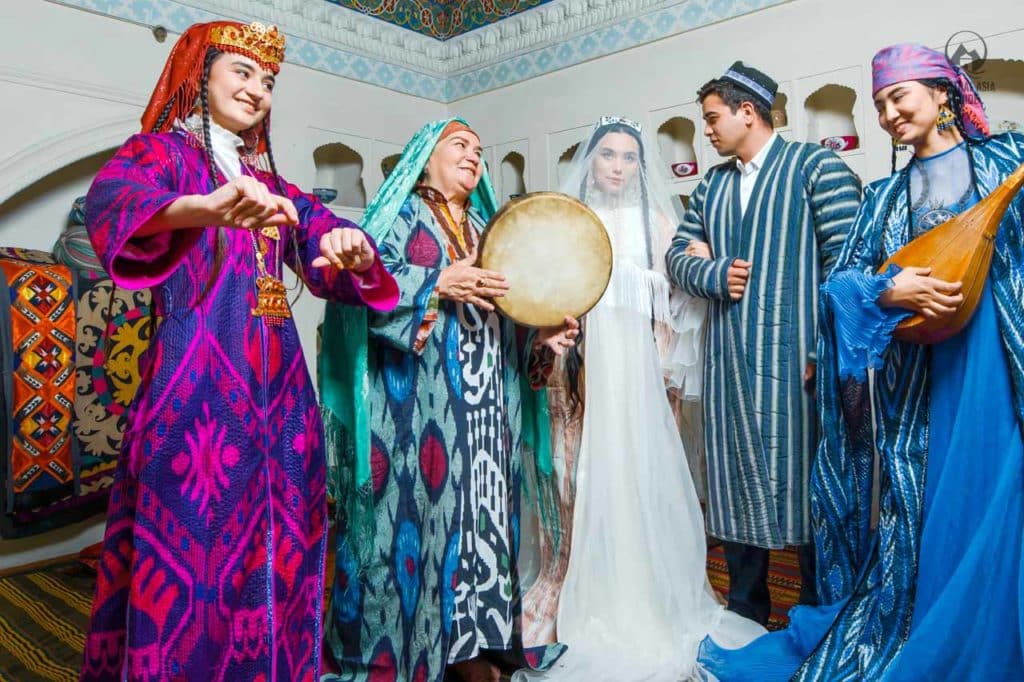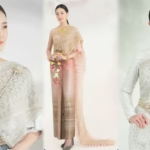Chapan (Uzbekistan) is more than just a garment; it is an emblem of the rich cultural legacy that embodies the essence of Uzbek heritage. This unique outerwear piece, often adorned with vibrant patterns and intricate embroidery, serves as a testament to the artistry and craftsmanship that have been passed down through generations. The significance of the Chapan goes beyond its aesthetic appeal; it encapsulates stories, traditions, and the very fabric of social life in Uzbekistan.
The Historical Significance of Chapan in Uzbek Culture
The Chapan holds a prominent place in the history of Uzbekistan, reflecting the evolution of the nation’s identity over centuries. Understanding its historical roots provides a fascinating insight into how this garment shaped and was shaped by the social fabric of the region.
Origins and Development of Chapan

The origins of the Chapan can be traced back to the nomadic traditions of Central Asia. Initially designed for practicality, this garment provided warmth and protection against harsh weather conditions.
Over time, the Chapan evolved into a symbol of status and identity. Different regions in Uzbekistan developed their distinct styles, colors, and embroidery techniques that reflected local customs. For example, the vibrant reds and blues of the Fergana Valley chapans starkly contrast the more subdued earth tones found in other areas.
Additionally, the changing political landscape and the influences from neighboring cultures gradually shaped the design and significance of the Chapan. As Uzbekistan transitioned from a nomadic society to an urbanized one, the garment began to merge traditional patterns with modern aesthetics, leading to a blend that appeals to both older and younger generations alike.
Chapan in Traditional Rituals and Customs

In Uzbekistan, the Chapan is not merely an article of clothing but plays a significant role in various cultural rituals and ceremonies. During weddings, the groom traditionally dons a Chapan embellished with elaborate designs to showcase his family’s status. This practice reflects the importance of familial heritage and societal standing within Uzbek culture.
Moreover, during religious festivals such as Navruz, people wear their finest chapans, signifying renewal and celebration. The rich colors and intricate embroidery represent hope and prosperity for the coming year. In this context, the Chapan serves as a bridge between past and present, reminding individuals of their cultural roots while embracing new beginnings.
Symbolism and Identity
The Chapan also functions as a form of identity expression among Uzbeks. As globalization influences fashion trends worldwide, many Uzbecks take pride in donning their traditional garments to assert their cultural identity.
Furthermore, it signifies unity and solidarity among citizens, transcending age and gender. Many men, women, and children proudly adorn themselves with several variations of this garment, showcasing its versatile nature. This collective wearing of Chapan during national holidays or public events fosters a sense of belonging and community, reinforcing ties to Uzbekistan’s shared heritage.
Craftsmanship: The Art of Making Chapan
Creating a Chapan is no simple task; it requires skill, creativity, and deep respect for tradition. The artistry involved in making these garments has been honed over generations, resulting in unique pieces that tell their own stories.
Materials Used in Chapan Construction
A Chapan is typically made from wool or cotton, materials chosen for their durability and warmth. Artisans select high-quality fabrics to ensure that each piece not only looks beautiful but also withstands the elements.
Patterns are often crafted using traditional dyeing techniques, such as ikat, which gives the fabric its distinctive look. The use of natural dyes from plants and minerals further emphasizes the connection to nature that is prevalent in Uzbek culture. This choice of materials is crucial, as it aligns with the philosophy of sustainability that many modern consumers are now seeking.
Traditional Techniques and Patterns
The construction of a Chapan involves several intricate techniques passed down from skilled artisans. Hand sewing is a common method used in creating chapans, allowing for unique details that machines cannot replicate.
Different regions boast unique patterns that serve as markers of identity. For instance, geometric shapes might be prevalent in one area while floral motifs dominate another. These designs carry deeper meanings, often representing elements of nature, folklore tales, or even spiritual beliefs.
One of the most fascinating aspects of Chapan making is that each artisan infuses their personality and artistry into their work. This individuality results in every Chapan being a unique masterpiece, with variations even within similar patterns.
Chapan in Modern Context: Fashion Meets Tradition

The intersection of tradition and modernity is where the Chapan thrives today. As global fashion continues to evolve, the Chapan emerges as a symbol of cultural pride and artistic expression.
Revitalization of Traditional Garments in Fashion
In recent years, there has been a revival of interest in traditional garments like the Chapan, largely driven by a growing appreciation for artisan-crafted fashion. Designers are incorporating traditional patterns and styles into contemporary collections, bringing the Chapan into the limelight.
This renewed interest has led to collaborations between traditional artisans and modern fashion designers, creating innovative pieces that resonate with a wider audience. By reinterpreting the Chapan for modern consumers, designers are not only preserving the art form but also introducing it to new markets.
Global Influence and Recognition
As the world becomes increasingly interconnected, the Chapan has garnered attention beyond Uzbekistan’s borders. International fashion shows and exhibitions have showcased the beauty and craftsmanship of this traditional garment, presenting it to a global audience.
Fashion influencers and celebrities alike have begun to embrace the Chapan, often donning these colorful ensembles at high-profile events. This exposure has sparked curiosity about Uzbek culture and heritage, encouraging others to explore and appreciate the stories behind these garments.
Yet, alongside this global recognition comes the challenge of preserving authenticity. With rising demand for traditional garments, it is vital to ensure that the craftsmanship and cultural significance remain intact.
Conclusion

Chapan (Uzbekistan) represents a rich tapestry of culture, history, and craftsmanship. From its humble beginnings as a practical garment to its status as a symbol of identity and pride, the journey of the Chapan reflects the resilience and creativity of the Uzbek people.
As we witness the merging of tradition and modernity, the Chapan continues to inspire and captivate audiences around the world. It reminds us of the importance of preserving our cultural heritage while adapting to contemporary contexts. Ultimately, the Chapan serves as a powerful reminder that fashion transcends mere aesthetics; it carries with it the stories, struggles, and aspirations of those who came before us and those who will follow.
In celebrating the Chapan, we celebrate not just the garment itself but the vibrant culture of Uzbekistan—a culture that remains alive and relevant in today’s ever-changing world.
✉️ Stay Connected — Subscribe for Weekly Updates
Discover timeless stories, practical wisdom, and beautiful culture — delivered straight to your inbox.
*We only share valuable insights — no spam, ever.






